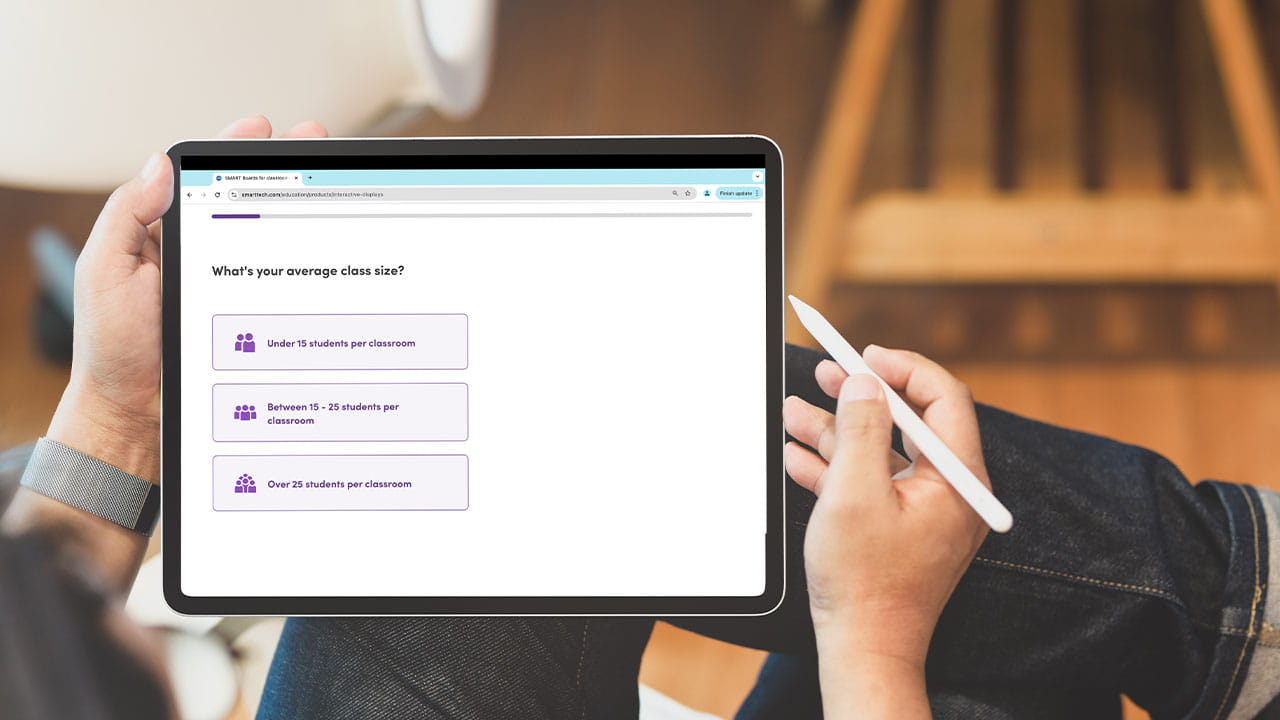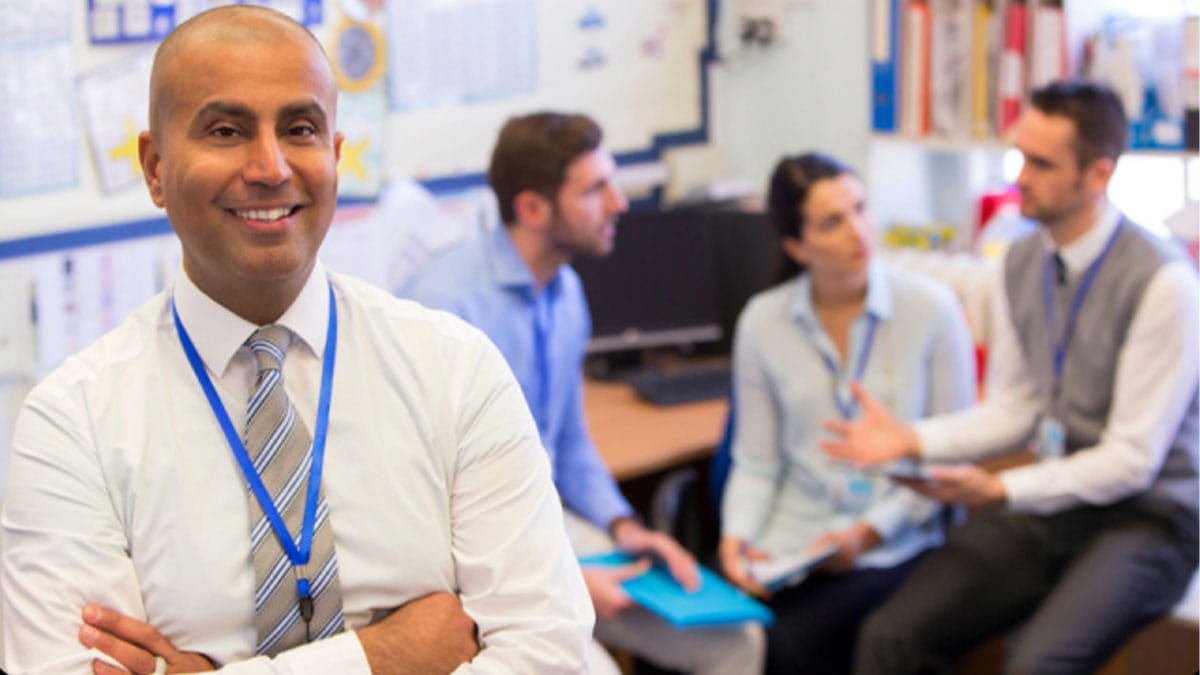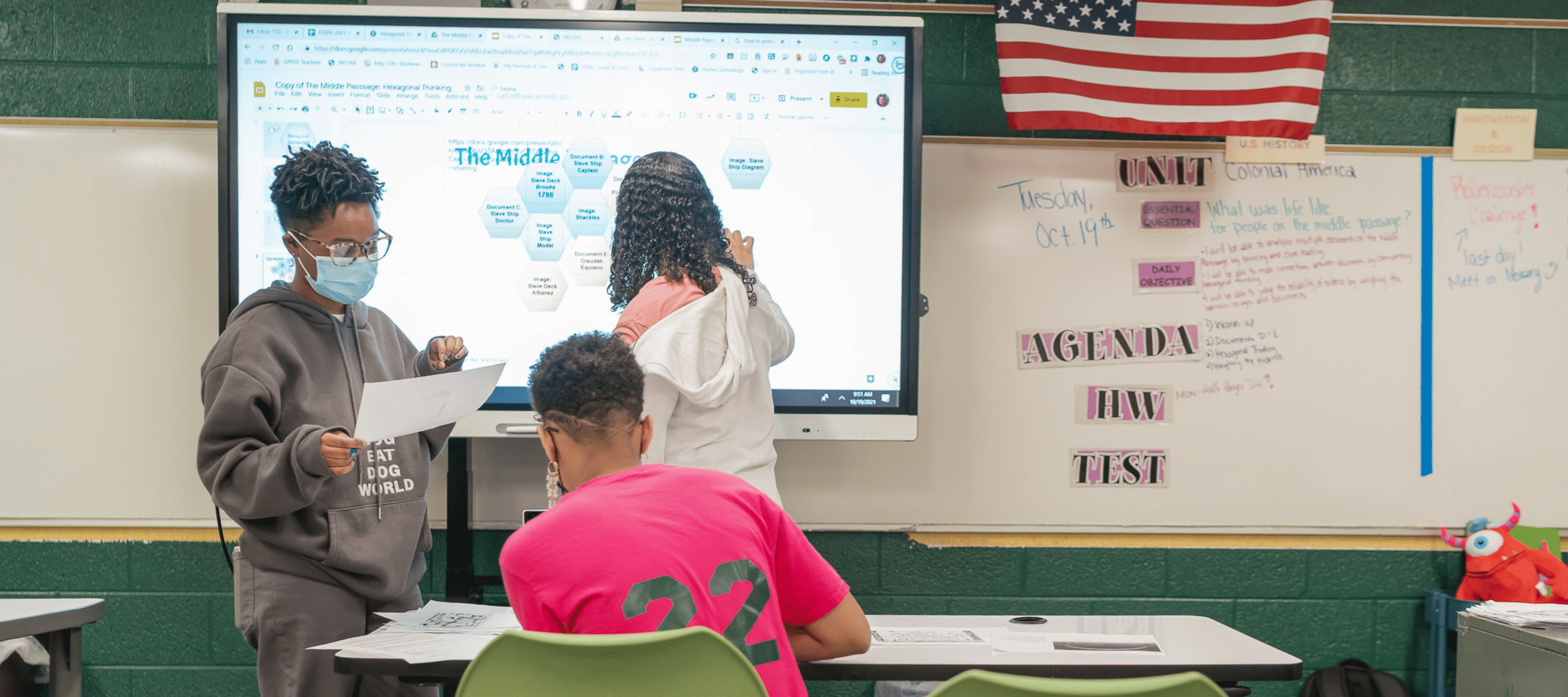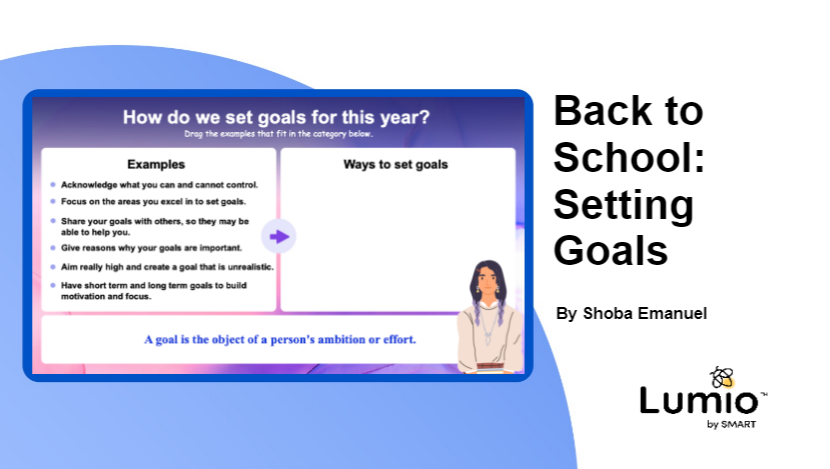Back to school time is the perfect opportunity to set goals. This fresh start is an excellent motivator to better ourselves, our community and our knowledge.
It’s especially important for students to set goals that apply to their learning to help build Social Emotional Learning skills. Encouraging students to set goals and work towards them helps to achieve a specific, self-regulated, behavioral target.
Ready to begin setting goals with your students? Read on for fabulous tips on how to encourage your students to dream big and keep on track.
How to start setting goals with students
Picasso didn’t wake up one day and decide he was going to be a famous painter. A lot of discovery and internal investigation was needed for him to define his long-term goals.
Discovery is a great first step for students to look inwards and decide what makes them happy, excited and motivated. Here are some discovery questions you can ask your students to get them thinking about what makes them great:
- What three words would you describe yourself as?
- How would your best friend describe you?
- What are you most nervous about?
- What are you most confident about?
Now it’s time to start thinking about the future! Before you begin defining your goals, students must think about where they want to be a year down the road. Here are some questions you can ask your students to start thinking about how they want to develop themselves:
- What are you most interested in learning more about?
- What are you most excited for?
- What skills do you want to develop?
- What do you want to get better at?
How to develop SMART goals
SMART goals are used to help guide students, teachers, adults alike to set goals that they’re likely to achieve. The term SMART goals is in fact, not tied to us at SMART Technologies but stands for Specific, Measurable, Achievable, Realistic, and Timely. A SMART goal incorporates criteria to help focus your efforts and increase the chances of achieving your goal.
When goal setting with students, goals can consist of effort management, personal goals, and academic goals.
Specific
What do you want to accomplish and how will you get there? What does “working well with others” look like?
“I want to be on the basketball team.”
Measurable
How will we measure your accomplishments? Can we look back at the end of the year and say you’ve accomplished this goal? How do we make sure, at the end of the year, that you accomplished this goal?
“I want to try out ad make the basketball team.”
Attainable
Do you have the necessary skills and resources to accomplish this goal in a specific amount of time?
“I will practice basketball for 30 minutes every day after school so I can try out and make the basketball team.”
Relevant
How does the goal align with your skill development and aimed progress? Does this goal relate to effort management, persona, or academics?
“To become a better athlete, I will practice basketball for 30 minutes every day after school so I can try out and make the basketball team.”
Time-Bound
What is the time frame for accomplishing the goal?
“To become a better athlete, I will practice basketball for 30 minutes every day after school so I can try out and make the basketball team by October 2023.”
How to keep up with your goals
Now you have an awesome SMART goal, time to start working towards it. Develop a cadence that works for you and your students to check in with your goals, evaluate your progress and see if your goals need to be updated.
Checking in on your goals is important for assessing how far you’ve come. It can be both a celebration on the work you’ve put in to date and an opportunity to determine what needs to happen next to stay on track.




